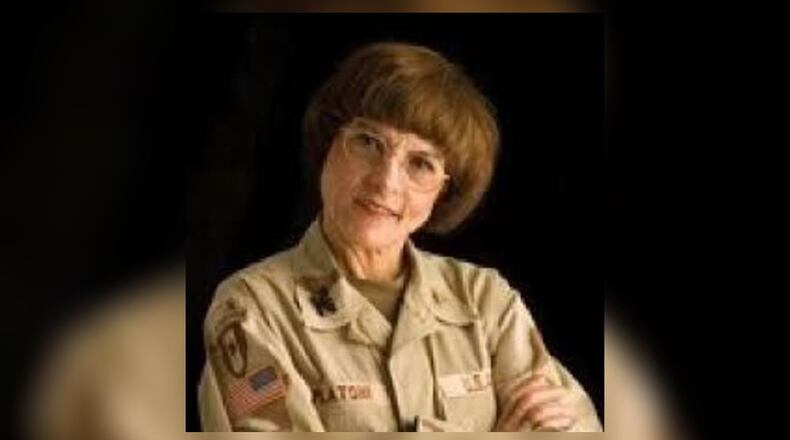Credit: Larry Kolvoord AMERICAN-STATESMAN
Credit: Larry Kolvoord AMERICAN-STATESMAN
Medical personnel dashed into building 42003, attempting to secure doors with uniform belts as the rampage continued. Floors were soaked in the blood of the dying and wounded, making it impossible to render medical aid in time. As the shooter continued firing at fleeing soldiers outside the building, he encountered civilian police officer, SGT Kimberly Munley, who was struck in the thigh and femur during the exchange of gunfire, her weapon jamming as she dropped to the ground, the shooter then kicking it from her grasp. Civilian police officer, SGT Mark Todd, then confronted the shooter, firing 5 rounds, demanding surrender and handcuffing him as he lost consciousness. As a result of a gunshot wound to the spinal cord, the shooter is now a paraplegic, residing on death row at Fort Leavenworth, Kansas. He was convicted of 13 counts of premeditated murder and 32 counts of attempted premeditated murder by unanimous verdict of military court martial, handed down within less than 2 hours of deliberations. From death row, he is given free reign to continue his contact with known terrorist organizations overseas.
Though the shooter had been surveilled for six long years by the Department of the Army, the Department of Defense, the FBI and the Joint Terrorism Task Force, these investigations were shut down by the Obama administration. Then moved to Fort Hood, Texas by the same, MAJ Hasan was scheduled to deploy to Afghanistan with my unit, the 467th Medical Detachment (Combat Stress Control). Reportedly, I was at the top of his hit list as his designated supervisor, though I was only informed of this shortly after our arrival in country.
In the 15 years since, nothing has changed. The Fort Hood Massacre is still considered an act of workplace violence and not a mass shooting. My efforts to overturn this have resulted in direct threats to cease and desist by two elected officials. Letters to former presidents have been sent back by the Secret Service “because they couldn’t be vetted.” There have now been ten more lives lost as a result of the heinous acts of the shooter, those “Killed After Action” by suicide among the survivors, the wounded, and the families of the fallen. Survivor guilt impales the souls of those who were spared, ghastly memories permanently etched in their brains.
Recounting this national tragedy should never exclude the gallantry of those who sacrificed their lives through their unequalled courage under fire. Today, we pay tribute to those whose lives were lost so unnecessarily and to those exceptional heroes who, without reluctance, were so willing to make that same sacrifice.
“Greater love hath no man (or woman) than this, that they lay down their lives for their friends.” John 15:13
Dr. Kathy Platoni, Psy.D., DAAPM, FAIS, COL (RET), US Army is the editor of Combat Stress Magazine and Clinical Director for the Southwest Ohio Critical Incident Stress Management Team.
About the Author

